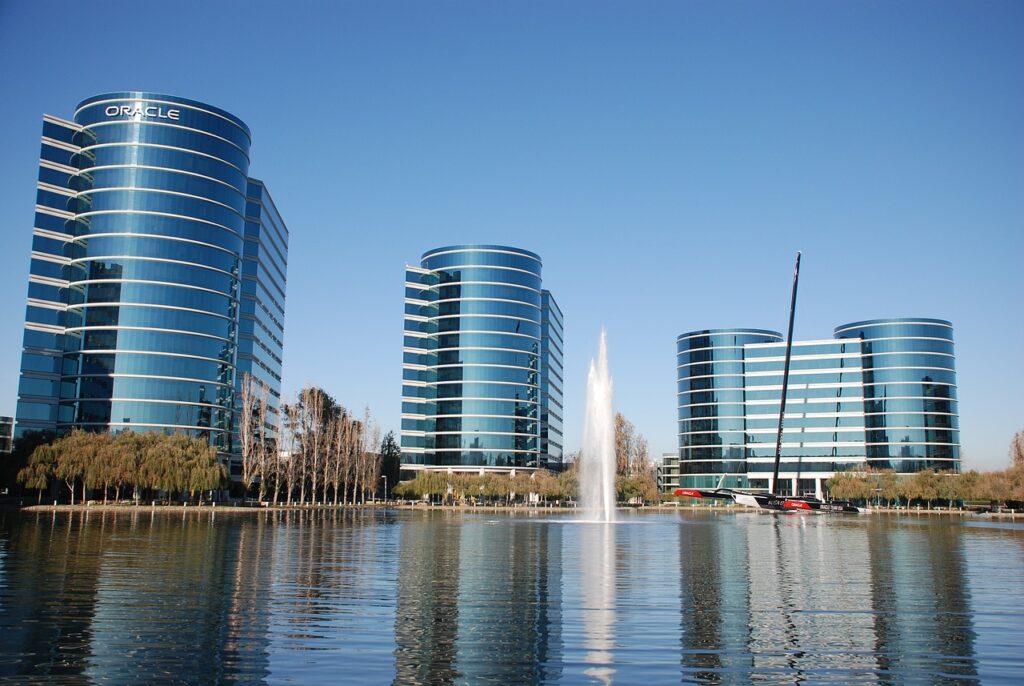
By Alejandro Lazo. CalMatters. Bay City News.
A new study of income and other economic measures shows wide wealth disparity in Silicon Valley, one of the country's richest regions, with the top 10 percent of households holding 66 percent of the region's last-place investable assets.
In Santa Clara and San Mateo counties, just eight households have more wealth than the bottom 50 percent — nearly half a million households — according to
